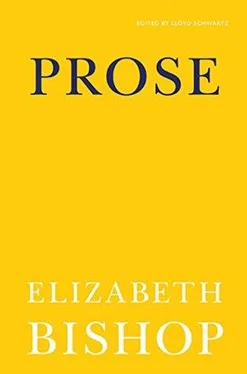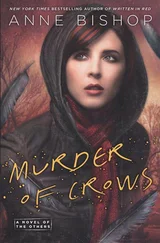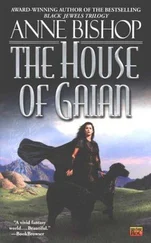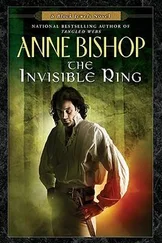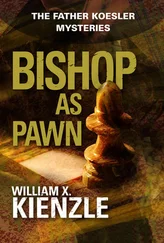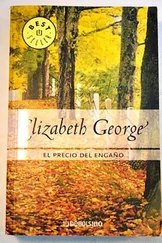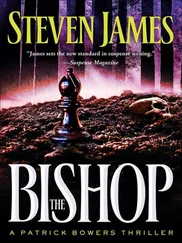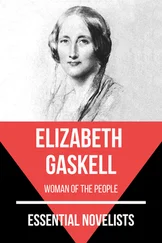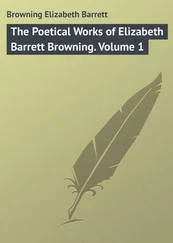But in the same way that I was led to protest against the ambiguity of the position of those prisoners who were in and out of prison at the same time (I have even seen their wives washing their striped trousers and hanging them on the line!) I should bitterly object to any change or break in my way of life. If, for example, I should become ill and have to go to the prison infirmary, or if shortly after my arrival I should be moved to a different cell, — either of these accidents would seriously upset me, and I should have to begin my work all over again.
Quite naturally under these circumstances I have often thought of joining our Army or Navy. I have stood on the side-walk an hour at a time, studying the posters of the recruiting-offices: the oval portrait of a soldier or sailor surrounded by scenes representing his “life.” But the sailor, I understand, may be shifted from ship to ship without so much as a by-your-leave; and then too, I believe that there is something fundamentally uncongenial about the view of the sea to a person of my mentality. In the blithe photographs surrounding the gallant head of the soldier I have glimpsed him “at work” building roads, peeling potatoes, etc. Aside from the remote possibilities of active service, those pictures alone would be enough to deter me from entering his ranks.
You may say, — people have said to me — you would have been happy in the more flourishing days of the religious order, and that, I imagine, is close to the truth. But even there I hesitate, and the difference between Choice and Necessity jumps up again to confound me. “Freedom is knowledge of necessity”; I believe nothing as ardently as I do that. And I assure you that to act in this way is the only logical step for me to take. I mean, of course, to be acted upon in this way is the only logical step for me to take.
1938
Gregorio Valdes, 1879–1939
The first painting I saw by Gregorio Valdes was in the window of a barbershop on Duval Street, the main street of Key West. The shop is in a block of cheap liquor stores, shoe-shine parlors and pool-rooms, all under a long wooden awning shading the sidewalk. The picture leaned against a cardboard advertisement for Eagle Whiskey, among other window decorations of red and green crepe-paper rosettes and streamers left over from Christmas and the announcement of an operetta at the Cuban school, — all covered with dust and fly-spots and littered with termites’ wings.
It was a view, a real View, of a straight road diminishing to a point through green fields, and a row of straight Royal Palms on either side, so carefully painted that one could count seven trees in each row. In the middle of the road was the tiny figure of a man on a donkey, and far away on the right the white speck of a thatched Cuban cabin that seemed to have the same mysterious properties of perspective as the little dog in Rousseau’s The Cariole of M. Juniot. The sky was blue at the top, then white, then beautiful blush pink, the pink of a hot, mosquito-filled tropical evening. As I went back and forth in front of the barber-shop on my way to the restaurant, this picture charmed me, and at last I went in and bought it for three dollars. My landlady had been trained to do “oils” at the Convent. — The house was filled with copies of The Roman Girl at the Well, Horses in a Thunderstorm, etc. — She was disgusted and said she would paint the same picture for me, “for fifteen cents.”
The barber told me I could see more Valdes pictures in the window of a little cigar factory on Duval Street, one of the few left in Key West. There were six or seven pictures: an ugly Last Supper in blue and yellow, a Guardian Angel pushing two children along a path at the edge of a cliff, a study of flowers, — all copies, and also copies of local postcards. I liked one picture of a homestead in Cuba in the same green fields, with two of the favorite Royal Palms and a banana tree, a chair on the porch, a woman, a donkey, a big white flower, and a Pan-American airplane in the blue sky. A friend bought this one, and then I decided to call on Gregorio.
He lived at 1221 Duval Street, as it said on all his pictures, but he had a “studio” around the corner in a decayed, unrentable little house. There was a palette nailed to one of the posts of the verandah with G.Valdes, Sign Painter on it. Inside there were three rooms with holes in the floors and weeds growing up through the holes. Gregorio had covered two sections of the walls with postcards and pictures from the newspapers. One section was animals: baby animals in zoos and wild animals in Africa. The other section was mostly reproductions of Madonnas and other religious subjects from the rotogravures. In one room there was a small plaster Virgin with some half-melted yellow wax roses in a tumbler in front of her. He also had an old cot there, and a row of plants in tin cans. One of these was Sweet Basil which I was invited to smell every time I came to call.
Gregorio was very small, thin and sickly, with a childish face and tired brown eyes, — in fact he looked a little like the Self Portrait of El Greco. He spoke very little English but was so polite that if I took someone with me who spoke Spanish he would almost ignore the Spanish and always answer in English, anyway, which made explanations and even compliments very difficult. He had been born in Key West, but his wife was from Cuba, and Spanish was the household language, as it is in most Key West Cuban families.
I commissioned him to paint a large picture of the house I was living in. When I came to take him to see it he was dressed in new clothes: a new straw hat, a new striped shirt, buttoned up but without a necktie, his old trousers, but a pair of new black and white Cuban shoes, elaborately Gothic in design, and with such pointed toes that they must have been very uncomfortable. I gave him an enlarged photograph of the house to paint from and also asked to have more flowers put in, a monkey that lived next door, a parrot, and a certain type of palm tree, called the Traveller’s Palm. There is only one of these in Key West, so Gregorio went and made a careful drawing of it to go by. He showed me the drawing later, with the measurements and colors written in along the side, and apologized because the tree really had seven branches on one side and six on the other, but in the painting he had given both sides seven to make it more symmetrical. He put in flowers in profusion, and the parrot, on the perch on the verandah, and painted the monkey, larger than life-size, climbing the trunk of the palm tree.
When he delivered this picture there was no one at home, so he left it on the verandah leaning against the wall. As I came home that evening I saw it there from a long way off down the street, — a fair sized copy of the house, in green and white, leaning against its green and white prototype. In the gray twilight they seemed to blur together and I had the feeling that if I came closer I would be able to see another miniature copy of the house leaning on the porch of the painted house, and so on, — like the Old Dutch Cleanser advertisements. A few days later when I had hung the picture I asked Gregorio to a vernissage party, and in spite of language difficulties we all had a very nice time. We drank sherry, and from time to time Gregorio would announce, “more wine”.
He had never seemed very well, but this winter when I returned to Key West he seemed much more delicate than before. After Christmas I found him at work in his studio only once. He had several commissions for pictures and was very happy. He had changed the little palette that said Sign Painter for a much larger one saying Artist Painter. But the next time I went to see him he was at the house at Duval Street, and one of his daughters told me he was “seek” and in bed. Gregorio came out as she said it, however, pulling on his trousers and apologizing for not having any new pictures to show, but he looked very ill.
Читать дальше
